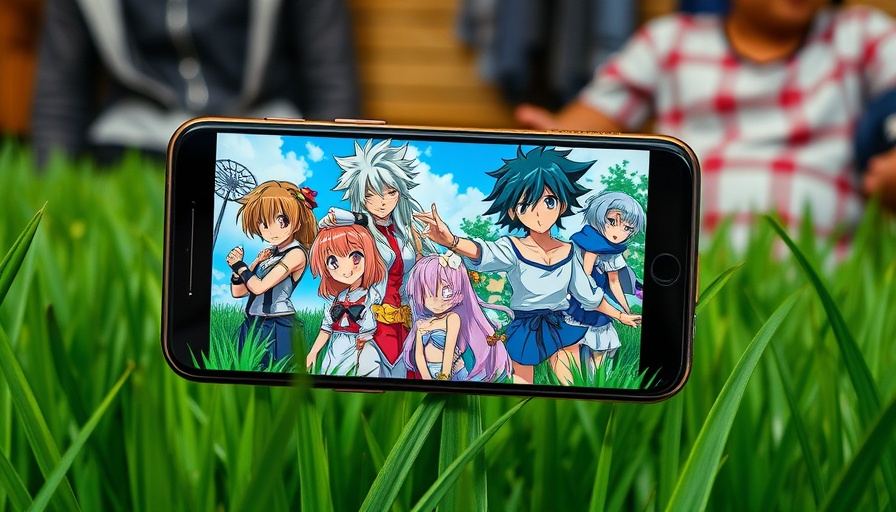
The Rise of AI in the Creative Domain
In recent years, artificial intelligence (AI) has expanded its reach into various fields, including art and animation. The latest trend of creating Ghibli-style portraits using AI technologies, particularly OpenAI's GPT-4o, has quickly gained popularity on social media. However, this phenomenon has ignited a firestorm of criticism among creatives and fans of traditional artistry. While some celebrate the convenience and innovation AI brings to the table, others see this trend as an affront to the very essence of art itself.
Art vs. Algorithms: The Ethical Dilemma
The backlash against this AI-generated art trend is deeply rooted in ethical concerns about creativity and originality. Virtual transformations of personal images into anime-style portraits may seem harmless to some, but many netizens argue that these creations trivialize the painstaking process that traditional artists endure to produce meaningful work. In a Reddit discussion, one user expressed their indignation, stating, "AI can’t replicate the heart, emotion, or storytelling of real artists.” This perspective highlights a broader issue: the fear that AI might undermine the livelihoods of human artists, who invest years honing their skills.
A Critique from the Masters
Notably, criticism of AI in art isn't new. Renowned animator Hayao Miyazaki, co-founder of the iconic Studio Ghibli, has long voiced his distaste for AI-generated content, once describing it as "an insult to life itself." His disdain reflects a growing sentiment in the creative community that AI tools are not only tools of creation but also potential weapons in the exploitation of artistic heritage. It begs the question: when does innovation in art become appropriation?
The Heart of Creativity: Passion or Programming?
Critics of AI-generated art assert that the algorithms behind these technologies mainly operate on pre-existing works, often raising concerns about copyright infringement and the ethics of using other artists’ styles without consent. They argue that the beauty of Ghibli's work lies not just in its aesthetic, but in the deep emotions, stories, and contexts that were birthed from human experiences. The rush to create AI art can lead to lifeless imitations, devoid of unique perspectives or genuine passion.
The Future of AI in Art: A Double-Edged Sword
The dichotomy between artists and AI is set to intensify. Observers predict that as AI tools become increasingly sophisticated, they will continue to blur the lines between human-created and machine-generated art. While some may argue that these advancements democratize art-making, allowing anyone the ability to create, others fear it paves the way for mediocrity and mass-produced content that lacks soul. What this means for the future of creative professions is yet to be seen.
Finding a Balance: Collaboration Over Competition
Despite the legitimate fears regarding AI, there’s potential for collaboration between human artists and technology, rather than outright competition. Artists can leverage AI tools to enhance their work, offering new innovative methods of storytelling and expression. This collaborative approach could lead to the development of genuine art forms that combine traditional techniques with digital enhancements, enriching the artistic landscape rather than suffocating it.
Key Takeaways: Navigating the AI Revolution in Art
For art lovers and creatives alike, the advent of AI poses both challenges and opportunities. Engaging critically with these technologies can be essential. As consumers of art, it’s vital to ask ourselves how these creations make us feel and whether they resonate with human experiences. AI's role in the artistic realm should be continually examined, ensuring that it uplifts rather than dictates creativity.
*Are you concerned about the implications of AI on creative industries? Discover how we can advocate for artists' rights and promote ethical uses of technology in art.*
 Add Row
Add Row  Add
Add 




 Add Row
Add Row  Add
Add 

Write A Comment